Fruit Gummies Pack More Sugar Than Candy Bars

Those colorful fruit snacks marketed as healthier alternatives to candy are actually sugar bombs in disguise. A single serving of popular brands like Welch’s Fruit Snacks contains up to 11 grams of sugar, which rivals many traditional candy bars. The American Heart Association recommends children consume no more than 25 grams of added sugar per day, meaning just two packages of these “healthy” snacks can push kids dangerously close to their daily limit.
What makes this particularly concerning is that many parents view these products as nutritious choices. The bright packaging featuring real fruit images and claims like “made with real fruit juice” create a health halo effect that masks the reality. Most of these gummies contain less than 10% real fruit juice, with the remainder being corn syrup, sugar, and artificial ingredients. Dr. Sarah Mitchell, a pediatric nutritionist at Boston Children’s Hospital, recently warned that these products are “essentially candy masquerading as health food.”
Crackers Loaded With Hidden Sodium Bombs

Popular kids’ crackers like Goldfish and Cheez-Its contain shocking amounts of sodium that can set children up for lifelong health problems. A standard serving of Goldfish crackers packs 250 milligrams of sodium, while Cheez-Its contain even more at 280 milligrams per serving. When you consider that most kids eat multiple servings in one sitting, they’re consuming nearly half their recommended daily sodium intake from a single snack.
The Centers for Disease Control reports that children aged 6-18 consume an average of 3,256 milligrams of sodium daily, which is more than double the recommended amount. This excessive sodium intake during childhood significantly increases the risk of developing high blood pressure later in life. Recent studies from the University of California show that children who regularly consume high-sodium snacks are 40% more likely to develop hypertension by age 25.
Many parents don’t realize these seemingly innocent crackers are contributing to their child’s sodium overload. The salty, cheesy taste that kids crave comes at a steep health cost that compounds over years of regular consumption.
Granola Bars Harbor Dangerous Trans Fats
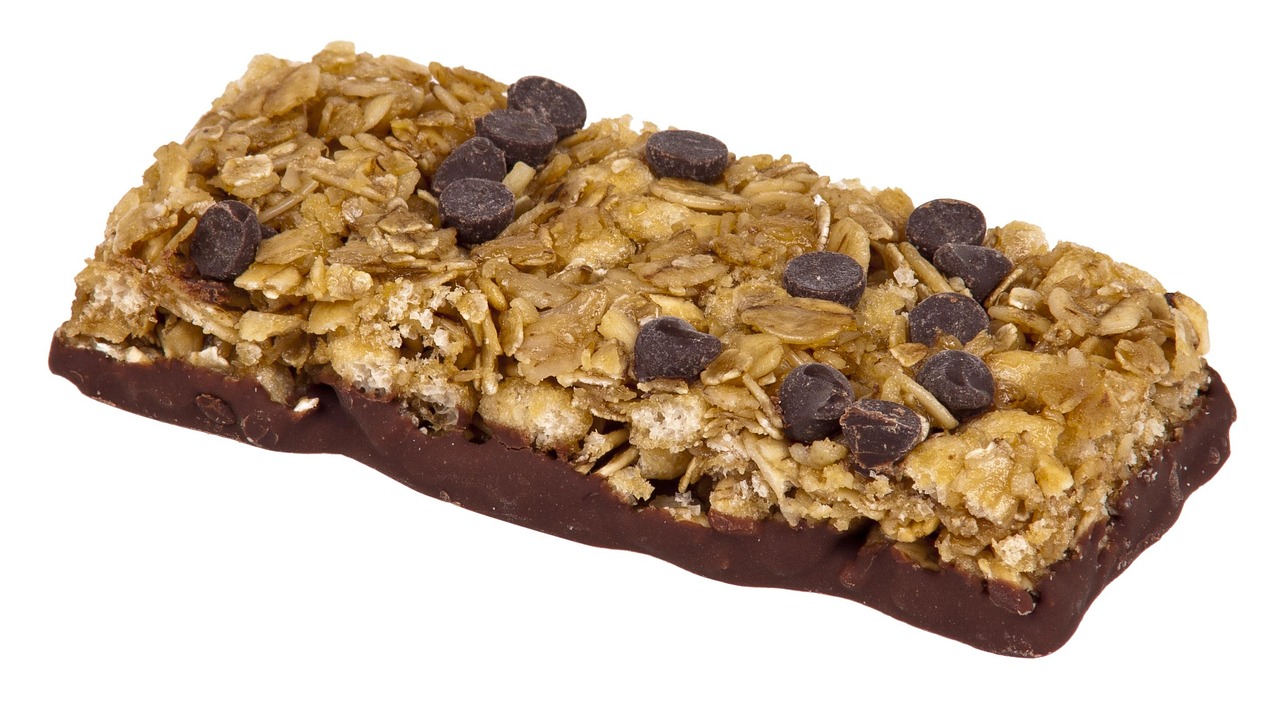
Despite their wholesome marketing, many popular granola bars still contain partially hydrogenated oils, which are sources of harmful trans fats. Brands like Nature Valley and Quaker Oats have reformulated some products, but several varieties still contain these dangerous fats that the FDA has deemed unsafe for consumption. Trans fats raise bad cholesterol levels while lowering good cholesterol, creating a double threat to cardiovascular health.
The concerning part is that food manufacturers can legally claim “0 trans fats” on packaging if the product contains less than 0.5 grams per serving. However, children often eat multiple servings, and these small amounts add up quickly. Dr. Michael Chen, a cardiologist at Stanford Medical Center, explains that “even tiny amounts of trans fats consumed regularly during childhood can cause arterial damage that persists into adulthood.” Recent research published in the Journal of Pediatric Health shows that children consuming just 1 gram of trans fats daily have measurably stiffer arteries by their teenage years.
Juice Boxes Spike Blood Sugar Dangerously High
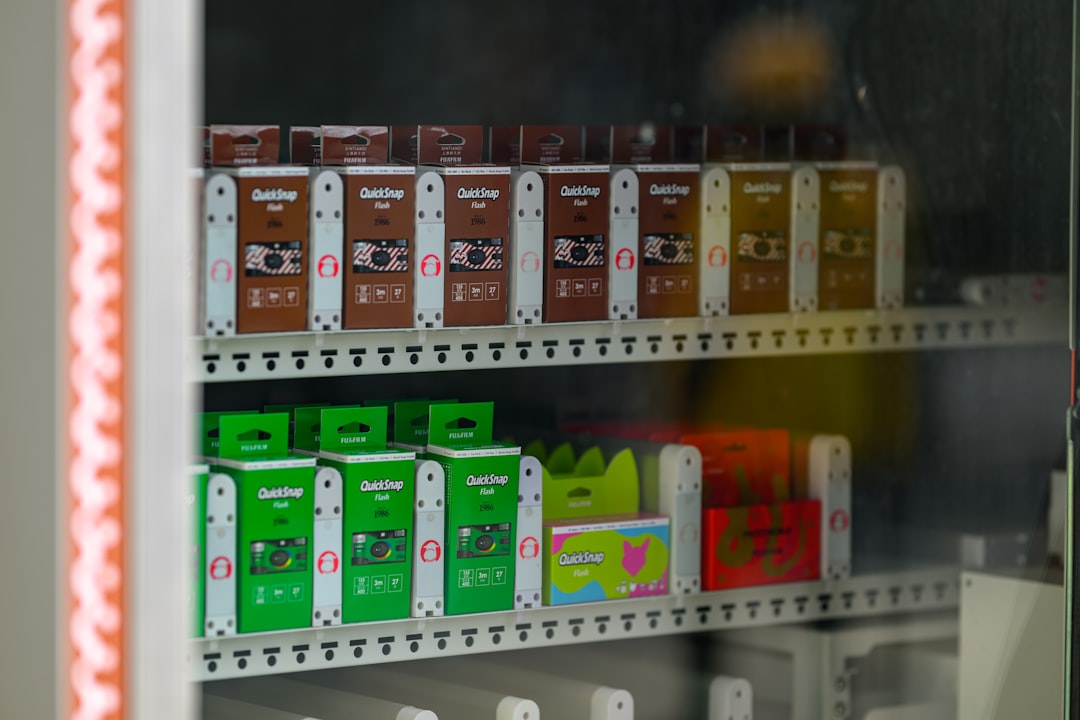
Those convenient juice boxes tucked into lunch bags are delivering sugar rushes that rival energy drinks. A typical Capri Sun contains 16 grams of sugar, while Hi-C boxes pack an even more staggering 25 grams. To put this in perspective, that’s equivalent to more than 6 teaspoons of sugar consumed in just a few minutes. The liquid form of this sugar hits the bloodstream faster than solid foods, causing dramatic spikes in blood glucose levels.
Pediatric endocrinologists are increasingly concerned about the connection between these sugar spikes and childhood diabetes. Dr. Lisa Rodriguez from the American Diabetes Association notes that regular consumption of high-sugar beverages increases a child’s risk of developing type 2 diabetes by 18% for every daily serving. The rapid blood sugar fluctuations also affect children’s behavior and concentration, leading to the familiar “sugar crash” that leaves kids irritable and unable to focus in school.
Many juice boxes marketed as “100% fruit juice” aren’t necessarily healthier, as they still contain natural sugars that affect blood glucose similarly to added sugars. The fiber that would normally slow sugar absorption in whole fruits is completely absent in these processed beverages.
Chocolate Chip Cookies Hide Heavy Metal Contamination
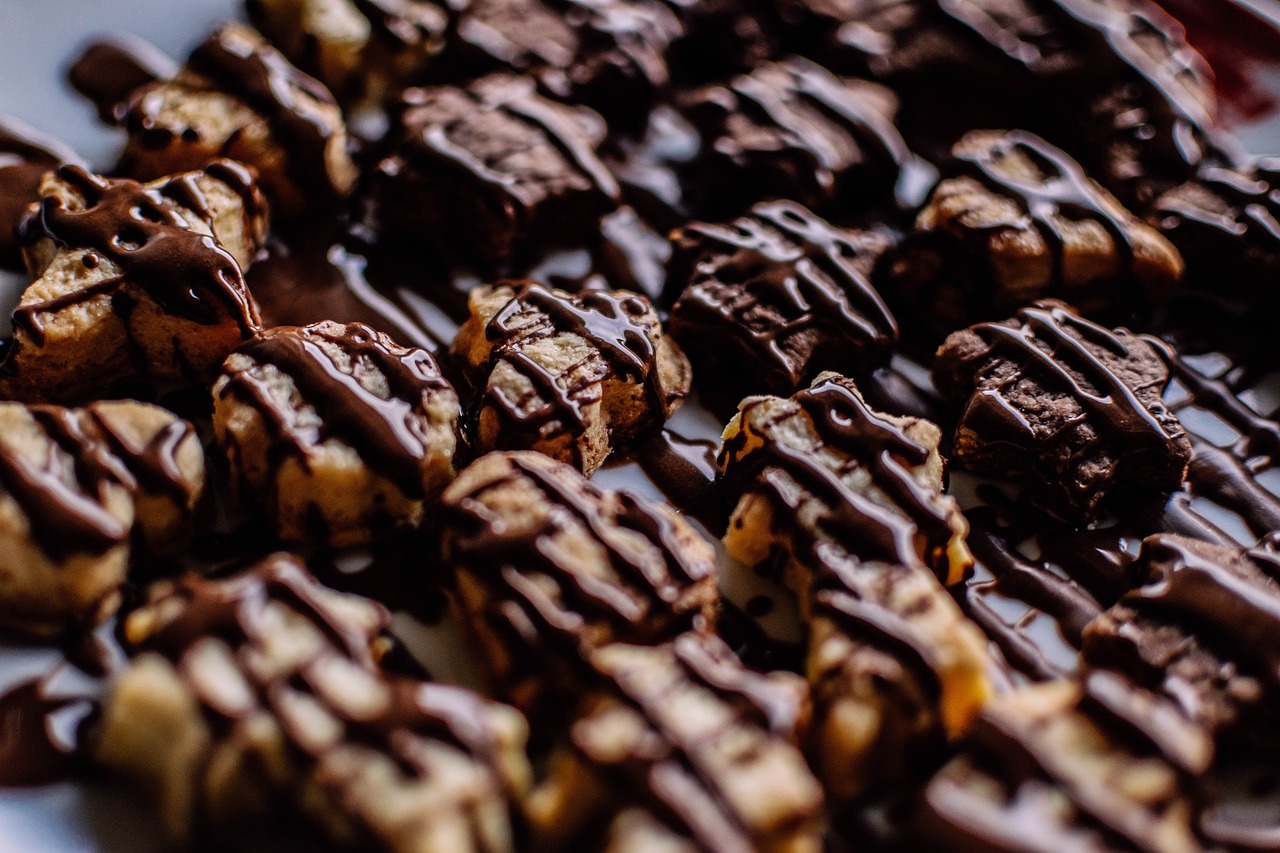
Recent testing by Consumer Reports revealed that popular packaged cookies contain concerning levels of heavy metals, particularly lead and cadmium. Brands like Chips Ahoy! and Keebler showed detectable levels of these toxic substances, which accumulate in children’s developing brains and organs. Lead exposure during childhood can cause permanent cognitive damage, reduced IQ, and behavioral problems that persist throughout life.
The contamination comes from multiple sources, including cocoa processing, agricultural soil, and manufacturing equipment. Children are particularly vulnerable because their smaller body weight means they absorb proportionally higher concentrations of these toxins. Dr. Amanda Foster, a toxicologist at the Environmental Health Institute, warns that “there’s no safe level of lead exposure for children, and regular consumption of contaminated foods creates a cumulative risk.”
What’s most alarming is that parents have no way to identify contaminated products since heavy metal content isn’t required to be listed on packaging. The sweet taste and appealing packaging of these cookies masks a serious health threat that’s completely invisible to consumers.
Yogurt Cups Contain More Sugar Than Ice Cream
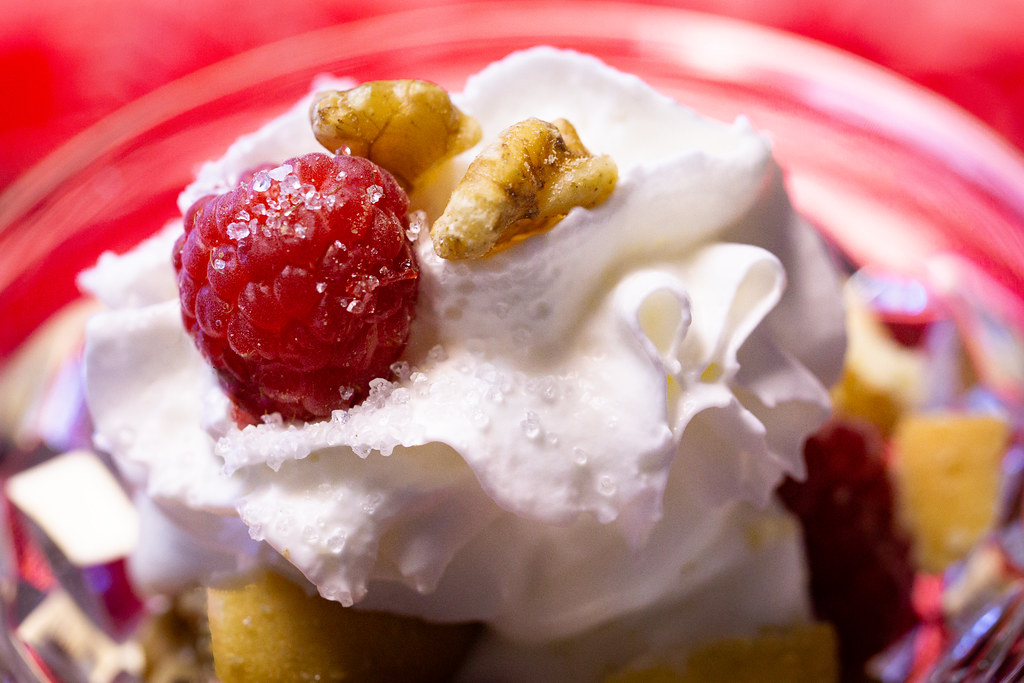
Those colorful yogurt cups positioned as healthy snacks often contain more sugar than premium ice cream. Popular kids’ yogurts like Go-GURT and Danimals pack between 10-19 grams of sugar per serving, while a serving of Häagen-Dazs vanilla ice cream contains just 14 grams. The problem is compounded by serving sizes, as kids often consume multiple yogurt tubes in one sitting, thinking they’re making a healthy choice.
The sugar content comes from both natural milk sugars and massive amounts of added sweeteners and fruit syrups. Food scientists have found that manufacturers add extra sugar to mask the tartness of yogurt, creating products that are more dessert than nutritious snack. Dr. Jennifer Walsh, a nutrition researcher at Columbia University, recently published findings showing that children consuming high-sugar yogurts showed the same insulin resistance patterns as those eating candy regularly.
Many parents choose these products believing they’re providing beneficial probiotics, but the high sugar content actually feeds harmful bacteria in the gut, potentially negating any positive effects from the live cultures.
Pretzels Deliver Refined Carb Overload
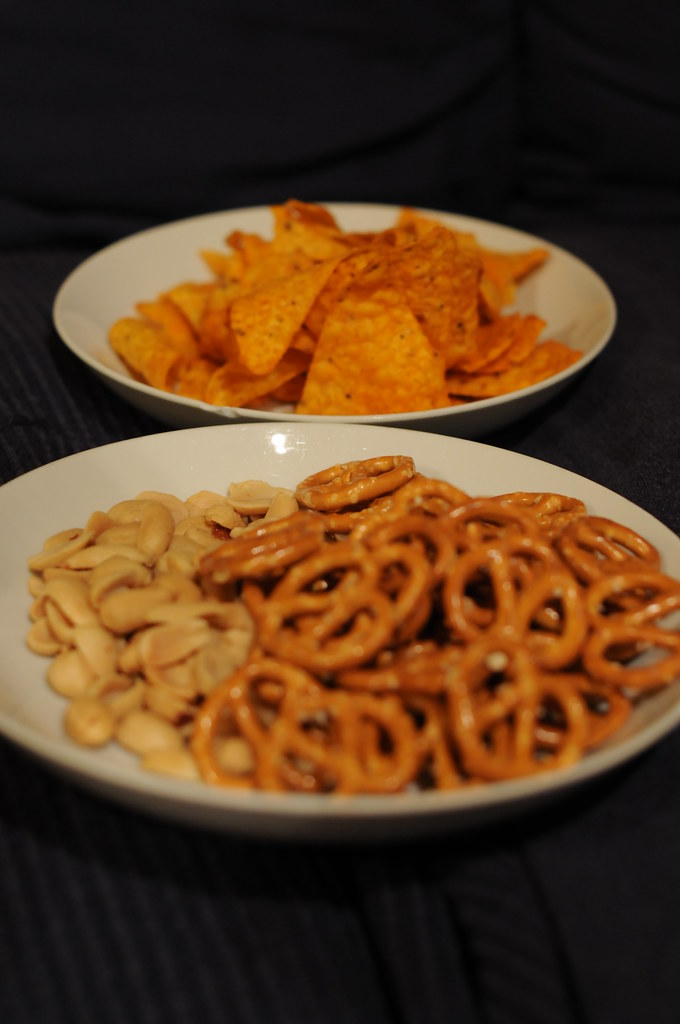
While pretzels seem like a healthier alternative to chips, they’re actually refined carbohydrate bombs that cause rapid blood sugar spikes. Popular brands like Rold Gold and Snyder’s are made from processed white flour that the body converts to glucose almost as quickly as pure sugar. A single serving provides virtually empty calories with minimal nutritional value, leaving kids hungry again within an hour.
The lack of protein, fiber, or healthy fats means these snacks provide no satiety, leading children to overeat and seek more food shortly after consuming them. Nutritionist Dr. Robert Kim from the Mayo Clinic explains that “refined carbohydrates like pretzels trigger the same reward pathways in the brain as addictive substances, making kids crave more processed foods.” Studies show children who regularly snack on refined carbs are more likely to reject nutrient-dense whole foods at meals.
The high glycemic index of pretzels also contributes to energy crashes that affect children’s mood and concentration. Teachers report that students who eat high-refined-carb snacks during lunch show decreased attention and increased behavioral problems in afternoon classes.
Trail Mix Hides Calorie Density Dangers
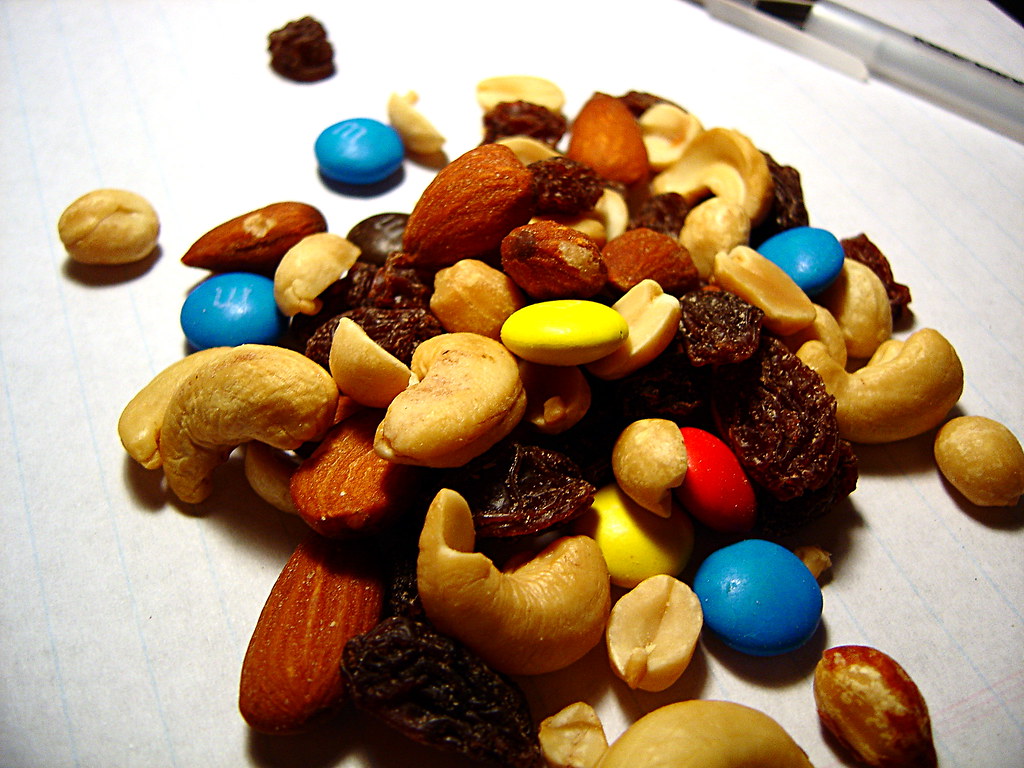
Pre-packaged trail mix marketed to kids often contains more calories per serving than a McDonald’s cheeseburger, yet portion sizes are deceptively small. A single serving of popular brands like Planters Kids Mix contains upwards of 140 calories, but the serving size is just 1/4 cup. Most children consume the entire single-serve bag, which typically contains 2-3 servings, delivering 300-400 calories in what seems like a small snack.
The calorie density comes from nuts, chocolate pieces, and dried fruits that have been concentrated through processing. While nuts provide healthy fats and protein, the addition of chocolate candies and sugar-coated dried fruits transforms this potentially nutritious snack into a calorie bomb. Dr. Patricia Williams, a childhood obesity specialist at UCLA, notes that “these high-calorie snacks can easily push children into caloric surplus, contributing to weight gain when consumed regularly.”
The problem is exacerbated by marketing that positions trail mix as an active, outdoor snack, when in reality it provides more calories than most children burn during typical daily activities. Kids who snack on trail mix between meals may be inadvertently consuming an extra meal’s worth of calories.
Applesauce Pouches Lack Essential Fiber

Those convenient applesauce pouches have become lunch box staples, but they’re nutritionally inferior to whole apples and may be contributing to digestive issues in children. The processing required to create smooth, squeezable applesauce removes most of the beneficial fiber found in whole apples. A medium apple contains 4 grams of fiber, while a typical applesauce pouch contains less than 1 gram.
Fiber is crucial for children’s digestive health, blood sugar regulation, and satiety. Without adequate fiber intake, kids experience rapid blood sugar spikes from the fruit sugars and feel hungry shortly after eating. Dr. Michelle Zhang, a pediatric gastroenterologist, reports seeing increasing numbers of children with constipation and digestive issues linked to low-fiber processed foods. The smooth texture of these pouches also doesn’t require chewing, which eliminates the natural satiety signals that come from the mechanical act of eating.
Many pouches also contain added sugars and preservatives that whole fruits naturally lack. The convenience factor has led many families to replace fresh fruit entirely with these processed alternatives, inadvertently reducing their children’s overall nutrient intake.
Energy Bars Pack Caffeine Kids Don’t Need
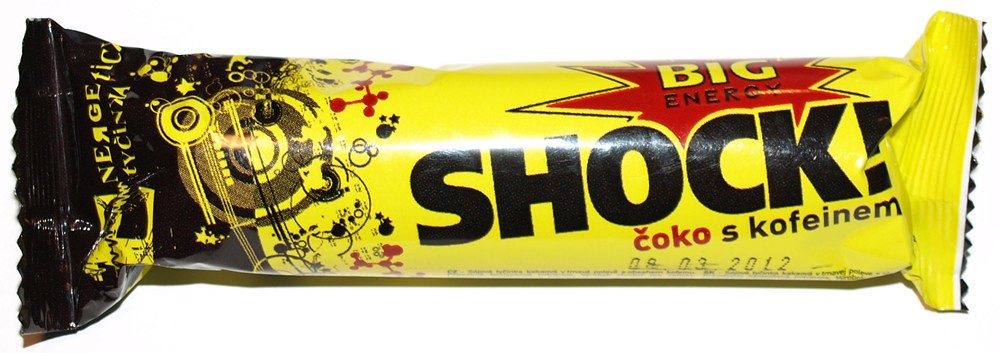
Many energy bars marketed to children and teens contain significant amounts of caffeine that can disrupt sleep patterns and cause anxiety. Popular brands like Clif Kid Z Bars don’t contain caffeine, but others like certain varieties of Kind Bars and protein bars do contain chocolate and other ingredients with natural caffeine content. Even more concerning are the energy bars that older children and teens consume, which can contain 50-100 milligrams of caffeine per bar.
The American Academy of Pediatrics recommends that children under 12 consume no caffeine, while teens should limit intake to no more than 100 milligrams daily. Dr. Kevin Martinez, a pediatric sleep specialist, warns that caffeine consumption during childhood can establish patterns of dependency and interfere with crucial developmental sleep. Children who consume caffeine regularly show increased rates of anxiety, difficulty concentrating, and disrupted sleep cycles that can persist even when caffeine is discontinued.
Parents often don’t realize these bars contain stimulants because caffeine content isn’t always prominently displayed on packaging. The energy boost these products provide is artificial and can mask underlying nutritional deficiencies or fatigue that should be addressed through proper nutrition and sleep.

